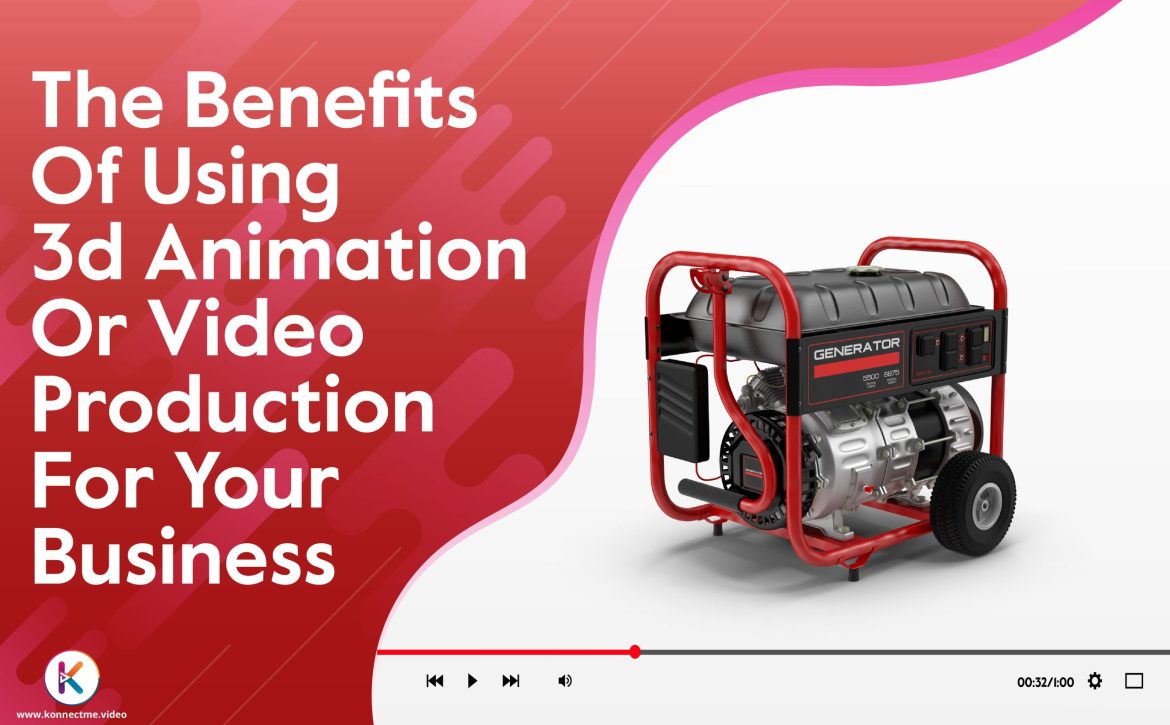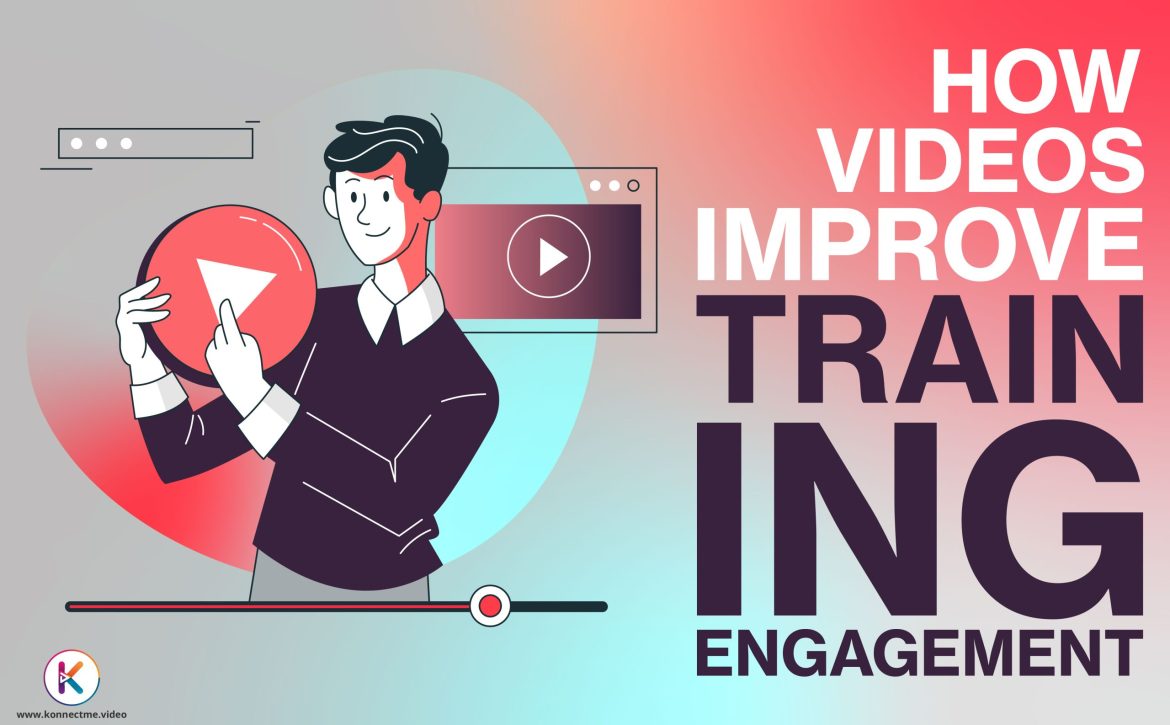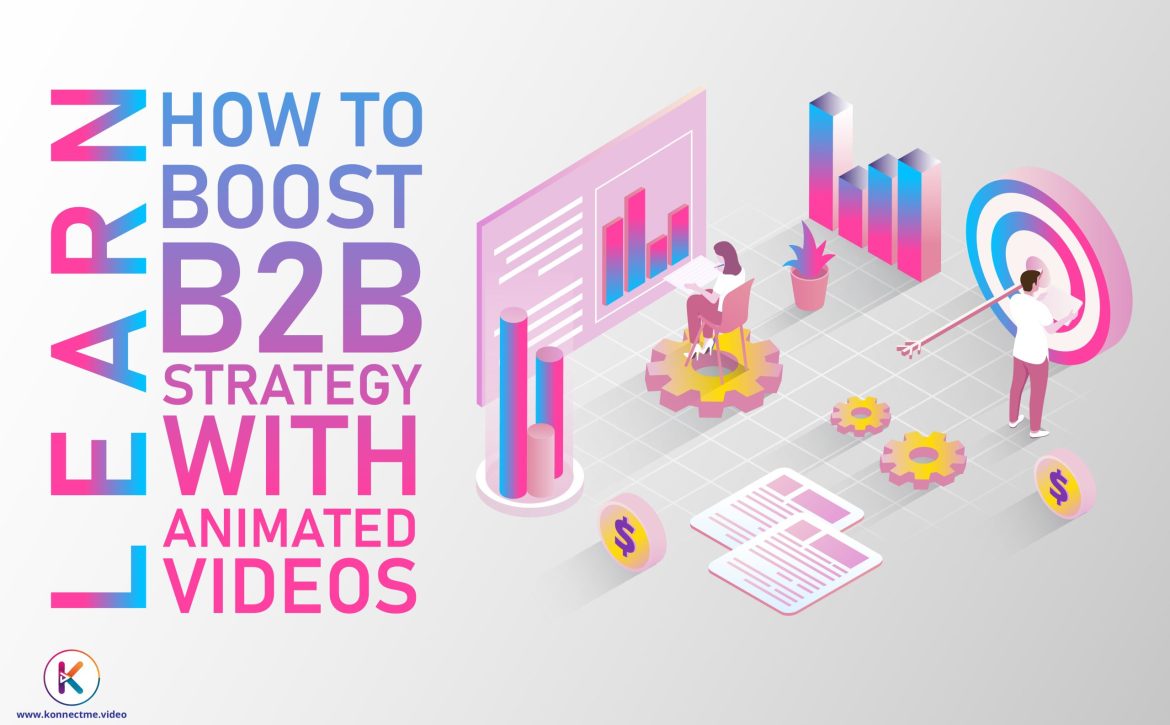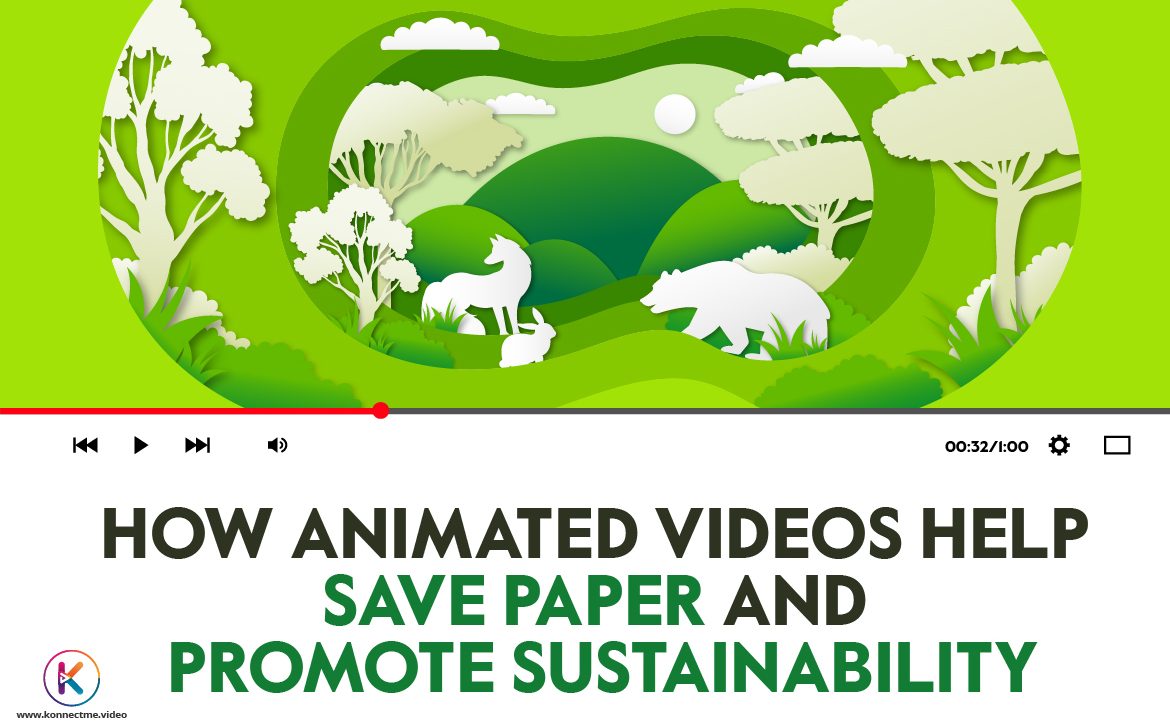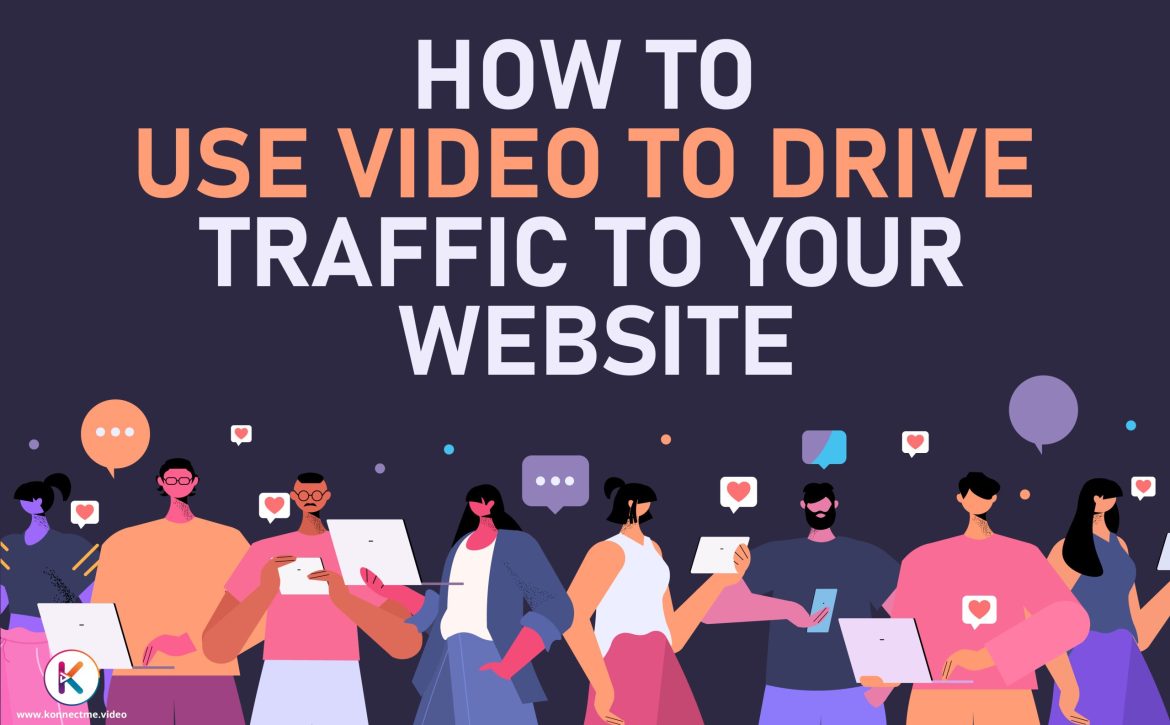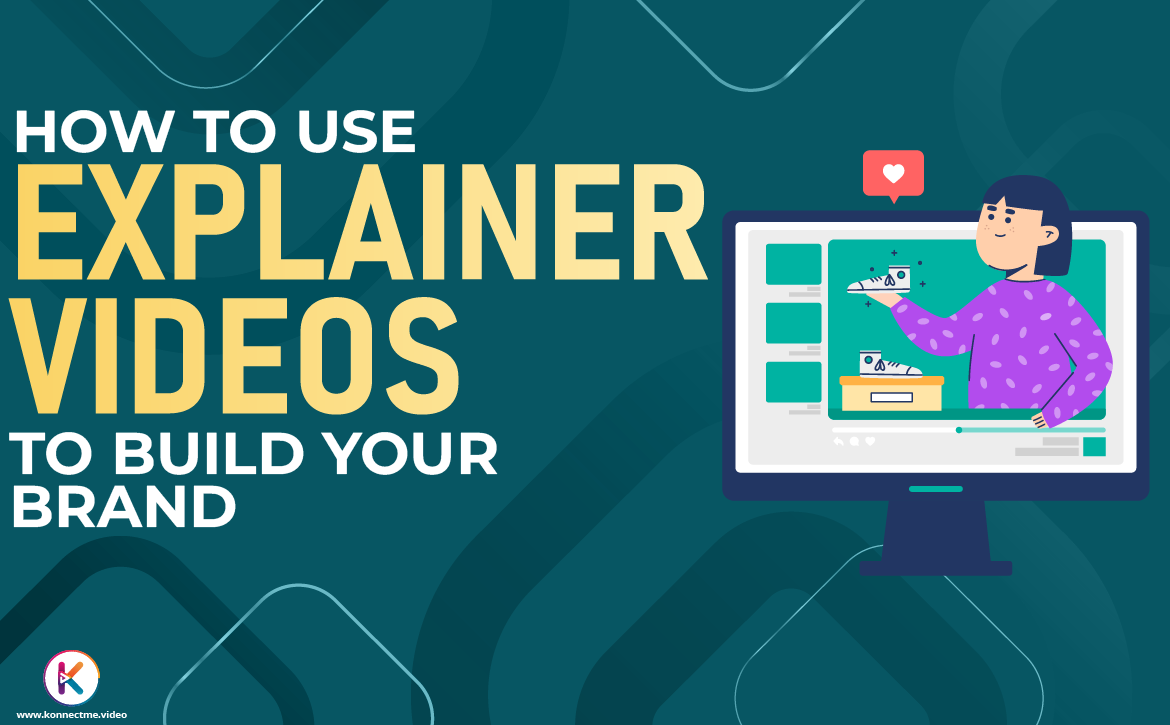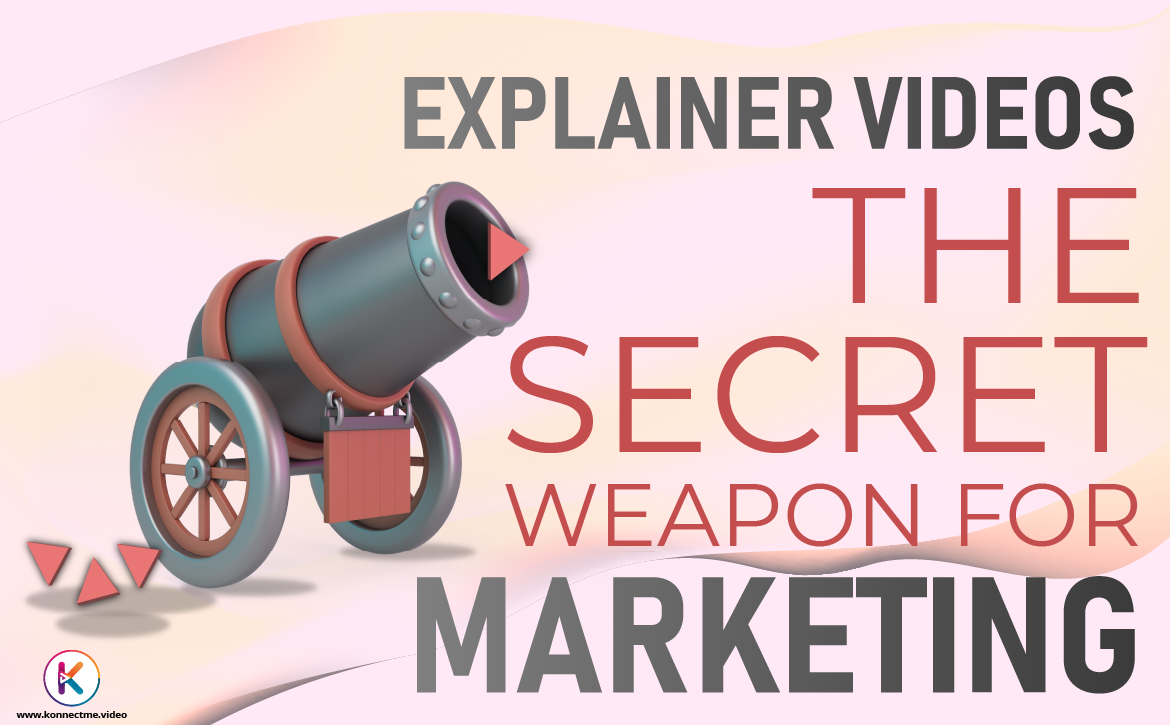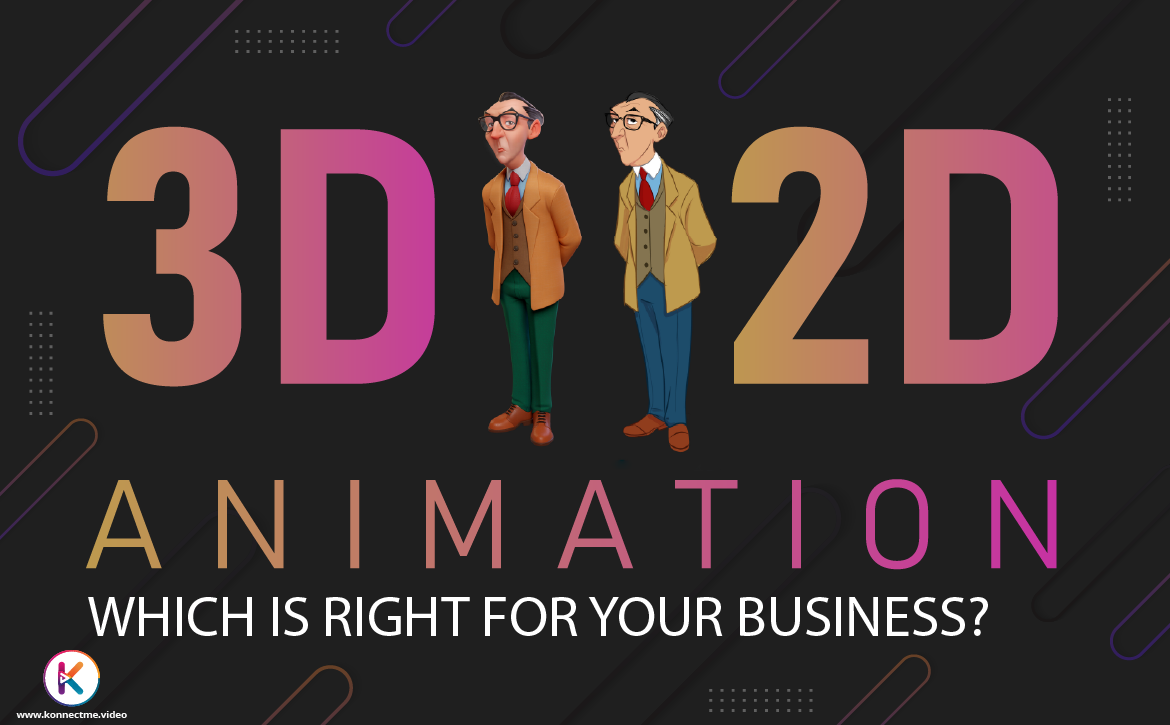The benefits of using 3D animation for your business.
In the dynamic world of business, where competition is fierce and consumer attention spans are dwindling, staying ahead of the curve is paramount. It’s a landscape where innovation and effective communication can make or break a brand. In this blog post, we delve into the transformative realm of 3D animation and the manifold advantages it brings to businesses seeking not just survival, but thriving in the digital age.
Increased Brand Awareness
In the age of information overload, standing out in the crowd is a formidable challenge. 3D animation has the power to make your brand unforgettable. With its ability to create captivating, immersive experiences, 3D animation can elevate your brand awareness to new heights. Imagine your logo or brand mascot brought to life in three dimensions, engaging your audience and leaving a lasting impression.
Improved Website Traffic
Your website is often the first point of contact between your business and potential customers. 3D animations can significantly improve website traffic by enhancing the overall user experience. Interactive 3D models, engaging product demos, or animated storytelling can entice visitors to stay longer, explore more, and ultimately convert into customers.
Reduced Costs
Contrary to what some may believe, incorporating 3D animation into your business strategy can actually reduce costs in the long run. While there may be initial investment, 3D animations can replace costly physical prototypes, reduce the need for extensive on-location shoots, and streamline the product development process. Over time, these savings can be substantial.
Enhanced Realism
One of the distinguishing features of 3D animation is its ability to convey a sense of realism that is hard to match with traditional 2D graphics. Whether you’re showcasing a product, a building, or a concept, 3D animations can bring it to life with intricate details, realistic lighting, and physics simulations. This enhanced realism can build trust and confidence among your audience.
Long-Lasting Impact
Creating a lasting impact on your audience is a key goal in marketing and branding. 3D animations have a unique ability to leave a profound impression. Their immersive nature and ability to tell compelling stories make them memorable. When done right, a 3D animated video or presentation can resonate with your audience long after they’ve viewed it, keeping your brand top of mind.
Boosted Sales
Ultimately, the success of any business hinges on its ability to drive sales. 3D animations can be a potent tool in your sales arsenal. They enable you to showcase products in a way that instills confidence in potential customers. Virtual walkthroughs, interactive product demos, and realistic visualizations can significantly influence buying decisions, leading to increased sales and revenue.
Improved Communication
Clear and effective communication is essential for business success. 3D animations can bridge language and cultural barriers, making complex ideas accessible to a global audience. They enable you to convey messages in a visually engaging manner, ensuring that your audience not only understands but also retains the information you share.
Increased Creativity
Creativity is the heart of innovation. 3D animations empower you to think outside the box and bring your wildest ideas to life. Whether you’re designing futuristic concepts, illustrating abstract concepts, or exploring fantastical worlds, 3D animations are the canvas upon which creativity knows no bounds.
Closing Thoughts
As we navigate the ever-evolving landscape of business, we find ourselves continually amazed by the transformative power of 3D animation. Its ability to captivate, engage, and convey complex ideas is unparalleled. Whether you’re in marketing, product development, or customer education, 3D animation offers a versatile and cost-effective solution to elevate your business.
If you’ve been contemplating the integration of 3D animation into your business strategy, we strongly encourage you to take that leap. Embrace the power of visual storytelling, engage your audience like never before, and watch your business soar to new heights. It’s a journey worth embarking upon, and the rewards are boundless.
In the digital age, staying ahead is not just an option; it’s a necessity. 3D animation is your key to unlocking new horizons of business success. Embrace it, and let your brand shine in the ever-evolving world of commerce.


